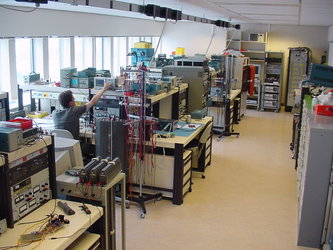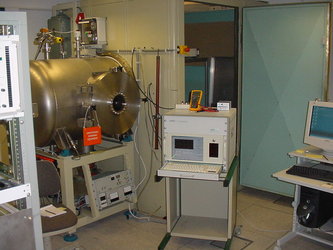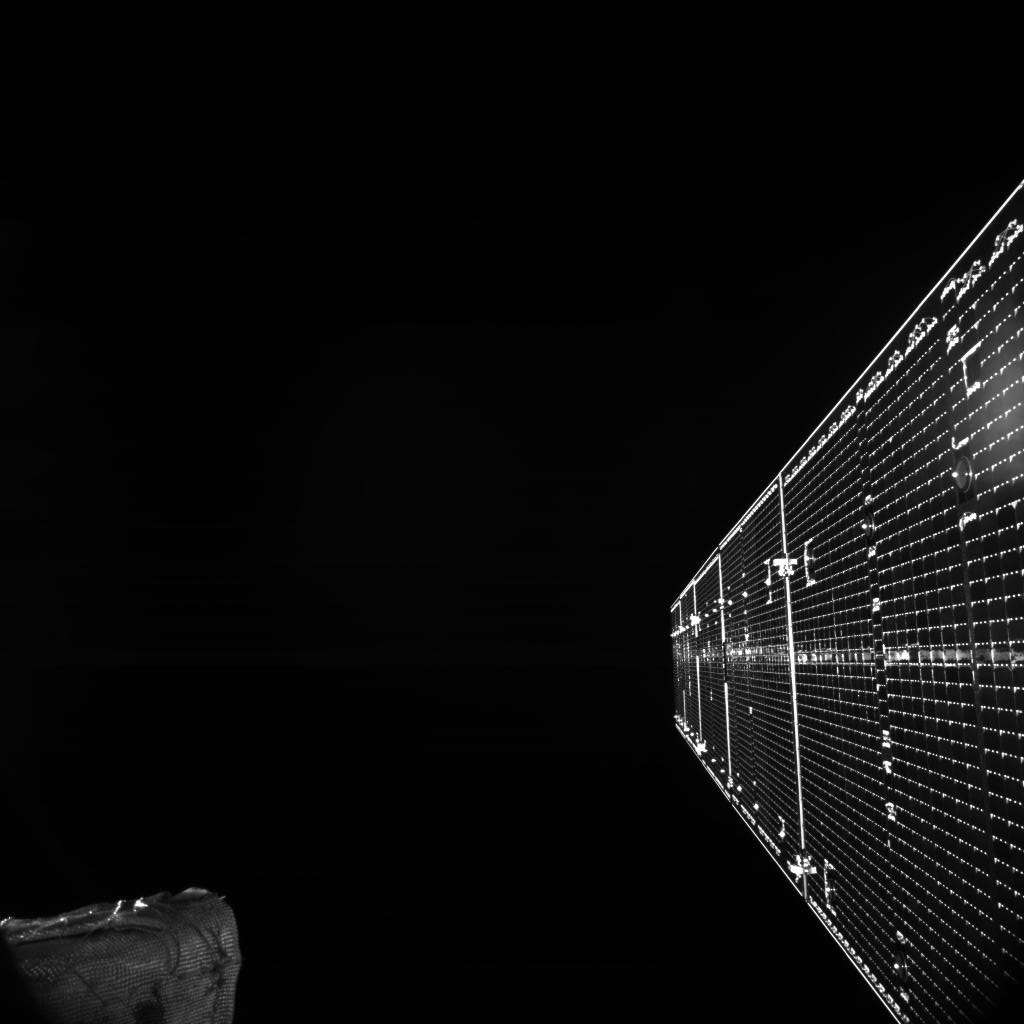What benefits does the Power Systems Laboratory deliver?
Providing services both to ESA projects and European industry, the Laboratory's work has underpinned the fundamental power conditioning technology required for Earth observing radar systems, starting with ERS-1 and 2 and extending to Envisat and Sentinel-1.
It has also boosted the development of high-powered Ka and Ku band transponders boosting the performance of European telecommunication satellites. The power conditioning technologies it has proven have also paced the way for ion engine technology, with relevant missions including LISA Pathfinder and the formation-flying mission Proba-3.
Specialised voltage overshoot control circuitry is in development for ESA's BepiColombo to Mercury, which requires special power off-loading attributes because of the mission's ion drive. The Laboratory's work on power conditioning is also helping to define the ExoMars power subsystem, which includes a solar array step-up-and-down conversion system.
The Laboratory has developed a significant number of patents in the field of power systems and conditioning which have gone on to be developed by European industry.
Its research has also contributed to industrial standards set by the European Cooperation on Space Standardization (ECSS) and the European Space Components Coordination (ESCC). In particular, the Laboratory is supporting the creation of an ECSS handbook on High Voltage Engineering and Design.
The Laboratory will perform long-term testing of high voltage printed circuits to determine their stress lifetime characteristics. The aim is to define proper design rules based on the results, benefiting future missions by erasing any 'learning curve'. Finally, the Laboratory also gives support to ESA astronaut training, which including teaching astronauts how to solder and make measurements of simple electrical circuits.









